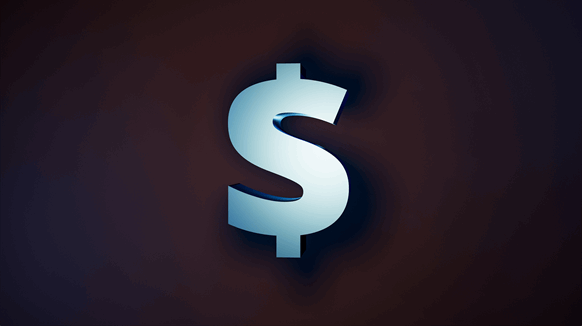
(Bloomberg) -- Oil held steady near the highest level since 2018, with an OPEC+ meeting this week expected to bring supply increases that won’t keep pace with the global demand recovery.
Futures in New York traded near $74 a barrel after rising 1% on Friday. The Organization of Petroleum Exporting Countries and its allies will meet Thursday following a 50% gain in prices this year. Producers may decide to boost output by 550,000 barrels a day in August, a Bloomberg survey shows, but that’s barely a quarter of the global deficit that OPEC+ anticipates during the month.
Saudi Arabia, OPEC’s top producer, has so far proceeded cautiously, with the persistence of Covid-19 and the potential restoration of Iranian supply clouding the market outlook. In a possible complication to talks on the Iranian nuclear deal, U.S. forces conducted air strikes Sunday against Iran-backed militias blamed for attacking American facilities in Iraq, the Defense Department said.
“Crude oil trades steady, with market participants expecting OPEC+ will keep supplies tight enough to support current levels,” said Ole Hansen, head of commodity strategy at Saxo Bank A/S. “With virus uncertainties due to the highly contagious delta strain and questions about an Iran nuclear deal hanging over the market, the group may opt for caution,” hence current price strength.
Oil has rallied this year as a rapid rebound from Covid-19 in major energy markets such as the U.S., Europe and China has led to increased mobility and greater consumption of transport fuels. The recovery has also drained bloated stockpiles, and the International Energy Agency has urged OPEC+ to return more supply to keep markets balanced.
|
Prices |
|
The oil market’s structure continues to indicate tighter supply. Brent futures for August are 84 cents more expensive than those for September, a bullish structure known as backwardation.
All the while, the glut of crude stored at sea which built up during the pandemic continues to shrink. The stockpile fell 17% last week, according to Vortexa data, the lowest since early 2020.
© 2021 Bloomberg L.P.




No comments:
Post a Comment